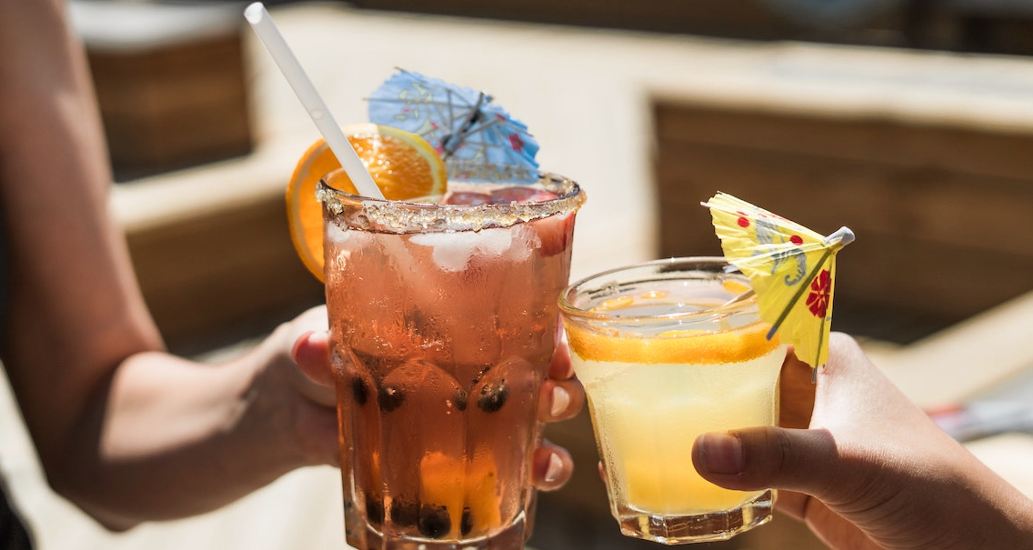These crafted cocktails have gone from niche oddities to common bar staples in the past few years. And while we can’t pinpoint the exact moment when craft cocktails caught fire — probably because they’ve been burning steadily for decades — there is no denying that this spirit has now captured the imagination of drinkers everywhere. Why? Because today we’re seeing more artistry and attention to detail in our cocktails than ever before. There are delicious pre-made craft cocktail options, and we can conveniently have craft cocktails delivered.
But this wasn’t always the case. There was a time during prohibition when bartenders crafted cocktails from whatever ingredients they had on hand to make the low-quality and questionable alcohol taste better.
The Beginning of the Craft Cocktail
In the 1800s, there was an influx of Europeans immigrating to the United States. This immigration brought in new ingredients and cultures, which led to the opening of different bars and restaurants. It was around the 1850s that the first creations of cocktails were being made, mixed with bitters and fresh juices instead of consuming the alcohol straight. It was a concept that was new to the United States.
Prohibition
On October 28th, 1919, the Volstead Act was passed as part of the temperance movement. The act had three purposes: to prohibit intoxicating beverages, to regulate the manufacture, production, and sales of spirits, and to promote the scientific research and development of alcohol. The act listed what was legal and illegal regarding alcohol and consumption, and its passage led citizens to turn to illegal means to get their alcohol.
This, in turn, led bartenders to take industrial alcohol used for fuel, perfumes, and ink and incorporate it into drinks. The creators of the Volstead Act, anticipating this, created alcohol with more chemicals so that they were not good to drink. However, this did not stop bootleggers, who found different ways to neutralize and remove the chemicals. Unfortunately, this created a poor-quality finished product, but it was all the people had to drink.
To mask the foul tastes of this alcohol, bartenders, speakeasies, and drinkers had to resort to using other ingredients to flavor and sweeten the beverages, which were some of the first craft cocktails. During prohibition, most cocktails used gin because it was the cheapest and fastest spirit to produce. Rum was also common because it was smuggled from the Caribbean islands into the country.
Post-Prohibition
In 1933, prohibition and the Volstead Act were repealed, and alcohol production and consumption could resume. However, the consumption of craft cocktails did not increase once prohibition was repealed; there was the Great Depression and two World Wars that inhibited drinking culture.
It wasn’t until the 1950s and 1960s that drinking in bars became popular once more, but there was still no increase in the consumption of craft cocktails. During this time, there were also advances in mixers and soda fountains, and pre-made mixes and artificial juices became widely used in bars. Slowly, the quality ingredients used in craft cocktails were replaced.
Modern Craft Cocktail Movement
In the late 1980s, there was a change and a revival of classic cocktails. The modern craft cocktail movement occurred because bartenders and restaurant owners tried to recreate the same atmosphere where craft cocktails were created and enjoyed. Bartenders were creating new and delicious cocktails with fresh, high-quality ingredients instead of pre-made ones.
And because there was an evolution in the distillation industry, consumers can now enjoy tasty craft cocktails with high-quality spirits and alcohol. In the present time, the craft cocktail movement is as popular as ever because bartenders and drink lovers have access to quality ingredients and top-shelf alcohol, as well as the resources to learn how to craft these drinks.
